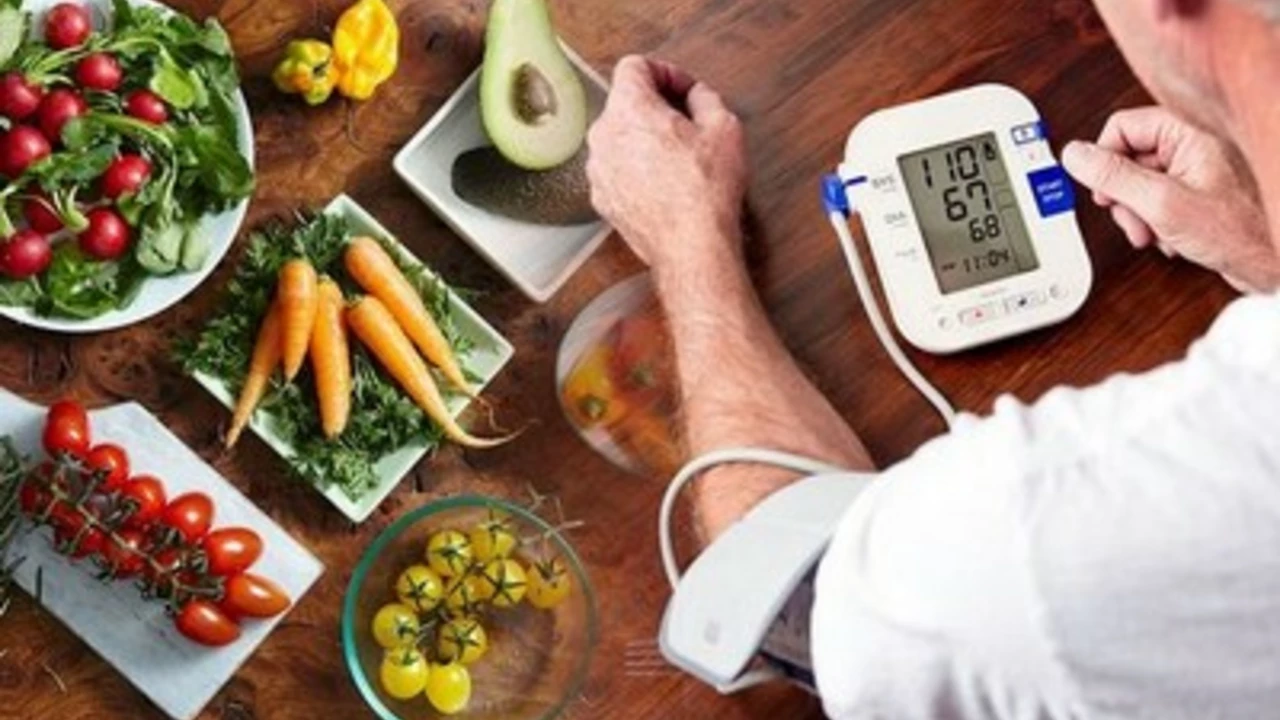Hypertension Control: Simple Steps to Lower Your Blood Pressure
High blood pressure affects about one in three adults and often shows no symptoms. That makes control more urgent than most people realize. You don’t need medical school to take action. Small, focused changes can cut your readings and reduce risk fast.
Start by measuring at home. A reliable cuff and a simple routine give you real data. Take readings at the same times each day—morning before meds and evening—and log them. Bring that log to appointments. Doctors make better choices when they see patterns, not single numbers.
Daily habits that lower blood pressure
Cut excess salt. Aim for under 2,300 mg per day, and under 1,500 mg if your doctor advises. Read labels. Processed foods and restaurant meals hide most of the salt. Swap packaged snacks for fresh fruit, and pick low-sodium broths and canned goods.
Move more. Aim for 30 minutes of moderate activity most days. Brisk walking, cycling, or gardening counts. Exercise lowers pressure by improving blood vessel function and helping weight loss—both matter.
Lose weight if you need to. Even 5–10% body weight loss often drops blood pressure noticeably. Focus on steady changes: smaller portions, fewer sugary drinks, and more vegetables.
Limit alcohol and quit smoking. Alcohol raises blood pressure and weakens the effect of some meds. Keep drinks to moderate levels—up to one a day for women and two for men—or less. Smoking constricts blood vessels immediately and adds risk; quitting helps blood pressure and overall heart health.
Smart medication and monitoring
If you’re prescribed drugs, take them the same way every day. Missing doses or changing timing can undo weeks of progress. Ask your doctor about common classes: ACE inhibitors, ARBs, calcium channel blockers, beta blockers, and diuretics. Each works differently. For example, diuretics remove extra fluid and can be very effective, but they may change potassium levels—so get blood tests as recommended.
Watch for interactions. Over-the-counter cold meds, some supplements, and even herbal products can raise blood pressure or interfere with drugs. Bring a list of everything you take to every visit.
Follow the DASH approach: focus on vegetables, fruits, whole grains, lean protein, and low-fat dairy. That pattern lowers pressure within weeks. Potassium-rich foods—bananas, sweet potatoes, spinach—help balance sodium, but check with your doctor if you take potassium-sparing drugs. When buying a monitor, match cuff size to your arm. A too-small cuff gives falsely high readings. Calibrate the device at your clinic if uncertain.
If home numbers stay over 180/120 or you have chest pain, shortness of breath, or a severe headache, get emergency care. For milder but persistent readings above your target, call your provider. They may adjust doses, switch medicines, or check for secondary causes like sleep apnea or thyroid issues.
Travel planning matters. Long flights, disrupted routines, and missed doses can spike pressure. Pack pills in your carry-on, set phone reminders, and keep a small pill organizer so you stick to your schedule.
Stress and sleep pull their weight too. Aim for 7–8 hours of sleep and try quick stress tools: deep breathing for five minutes, short walks, or a consistent bedtime routine. These habits lower daytime pressure and make medication work better.
Use community resources and apps. Many pharmacies and community centers offer free blood pressure checks and classes. Apps can remind you to take meds, log readings, and share reports with your doctor. If cost is a barrier, ask about generic meds and patient assistance programs—often they work just as well and cost much less.
Finally, stay in touch with your care team. Blood pressure control is a team sport. Share your home readings, report side effects, and ask for follow-up plans. Small, steady steps add up to big changes in risk and how you feel every day.

The Role of Weight Management in Controlling Hypertension
As a blogger, I've recently researched the significant role weight management plays in controlling hypertension. It's clear that maintaining a healthy weight is essential, as being overweight or obese increases the risk of developing high blood pressure. By adopting a balanced diet and incorporating regular exercise, we can effectively manage our weight and reduce the risk of hypertension. Additionally, losing even a small amount of weight can significantly lower blood pressure levels. It's crucial to prioritize weight management not only for a healthy heart but also for our overall well-being.
